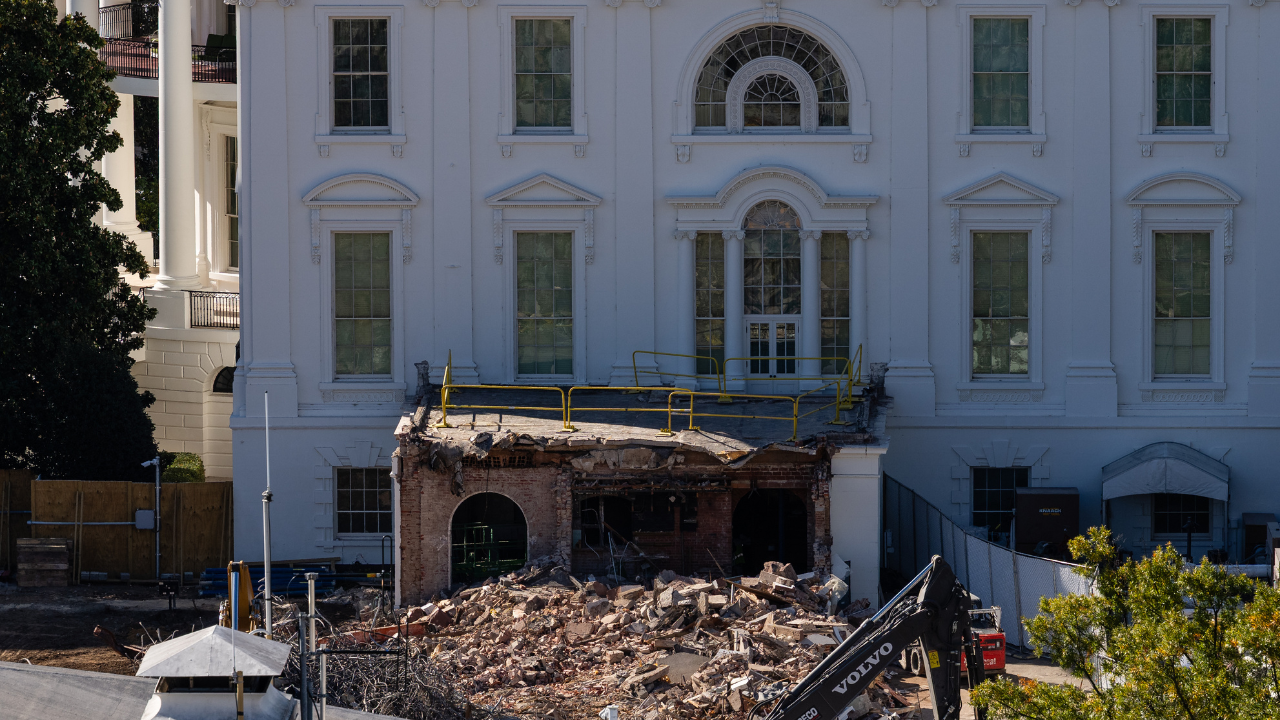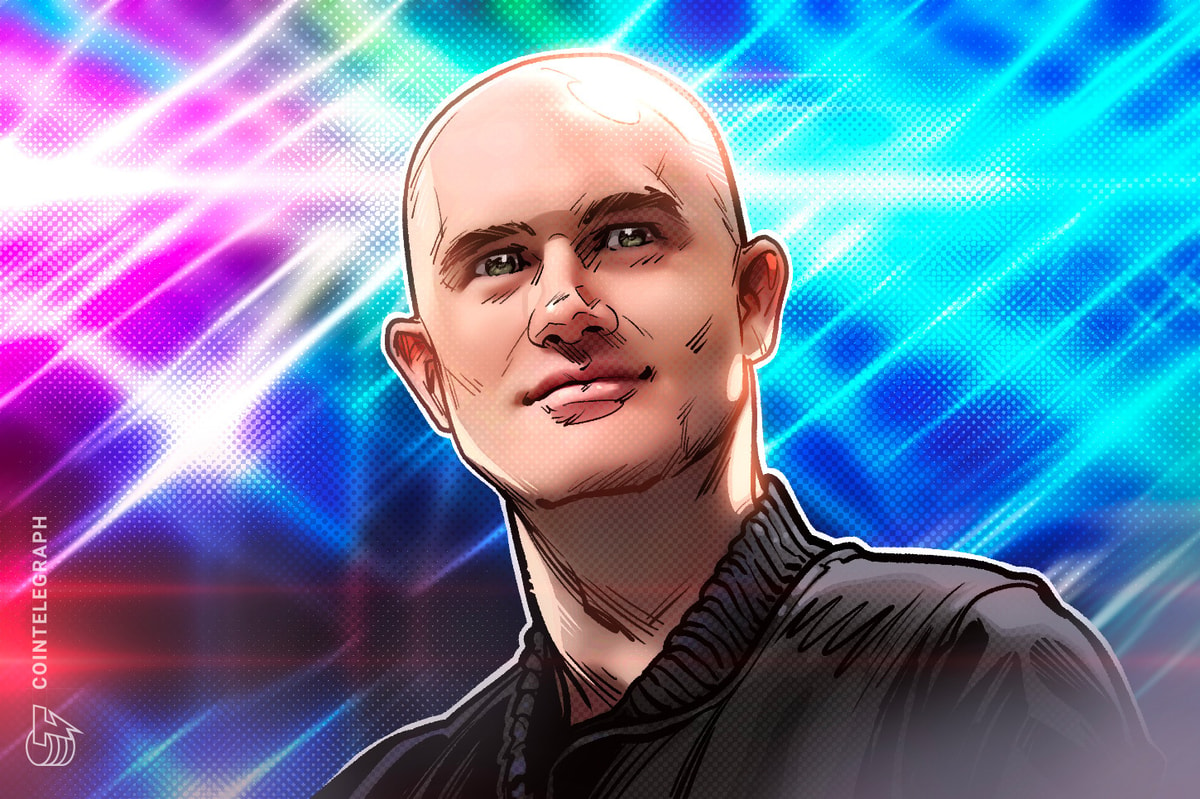The recent Amazon Web Services (AWS) outage that knocked out major crypto and fintech platforms, including Coinbase, Robinhood, MetaMask and Venmo, has reignited debate over how decentralized Web3 really is.
While blockchains continued producing blocks uninterrupted, millions of users were unable to access wallets, exchanges and decentralized applications (DApps) because their interfaces and application programming interfaces (APIs) were hosted on centralized servers.
“Decentralization has succeeded at the ledger layer but not yet at the infrastructure layer,” Jamie Elkaleh, chief marketing officer at Bitget Wallet, told Cointelegraph. “Real resilience depends on diversifying beyond hyperscalers into community-driven and distributed networks.”
Elkaleh added that full decentralization “isn’t yet feasible at scale” because most teams rely on hyperscalers like AWS, Google Cloud and Azure for compliance, speed and uptime. The practical goal, he said, should be “credible multi-home” infrastructure, distributing workloads across both cloud and decentralized networks to avoid single points of failure.
Elkaleh argued that cloud providers offer scalability and security, but at the cost of concentration risk. “If one region or provider goes down, hundreds of apps are affected,” he said. Hybrid systems, mixing cloud with decentralized storage and community-run nodes, are the next logical step.
Related: Amazon AWS Outage Hits Coinbase Mobile App, Robinhood
Users were locked out of working blockchains
Anthurine Xiang, co-founder of EthStorage and QuarkChain, said the outage proved that “even in Web3, many services still depend heavily on centralized infrastructure.”
She explained that true decentralization requires redesigning every layer, from storage to access, so that no single provider can take systems offline. “It’s like the house is fine, but the door is jammed,” Xiang said, describing how users were locked out of working blockchains.
The outage began on Monday and lasted for roughly 15 hours. The outage caused Coinbase’s app and Base network to crash, preventing users from logging in or making transactions, while Robinhood traders reported delays and API failures.
The outage also affected MetaMask, with users reporting that they saw zero balances in their wallets. “Their assets were safe, but the service responsible for retrieving balance data had gone offline,” Xiang explained, noting it wasn’t a technical failure of the blockchain itself.
Meanwhile, Jawad Ashraf, CEO of Vanar Blockchain, criticized the crypto industry for all “running on the same servers.” He claimed that roughly 70% of Ethereum nodes are hosted by AWS, Google, or Microsoft. “We’re just paying three different landlords instead of one,” he said.
Building fully decentralized systems is possible, he added, but “most teams won’t do it anytime soon” because it’s slower and more complex than spinning up on AWS.
A wake-up call
Elkaleh said the outage should accelerate investment in decentralized cloud, storage and compute networks such as Akash, Filecoin, Arweave and others. He called for Web3 builders to embrace hybrid models that mix traditional reliability with distributed redundancy.
“Every major outage is a wake-up call,” he said. “The future of Web3 won’t be defined by how decentralized the tokens are, but by how distributed the infrastructure truly becomes.”
Magazine: Back to Ethereum — How Synthetix, Ronin and Celo saw the light
Read the full article here















